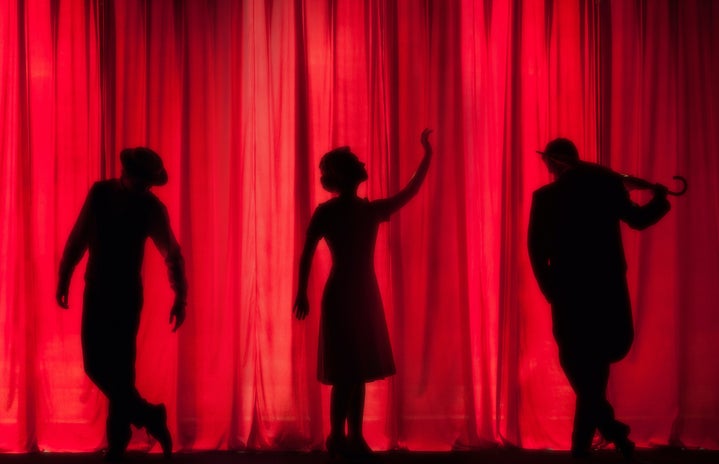“I can take any empty space and call it a bare stage. A man walks across this empty space whilst someone else is watching him, and this is all that is needed for an act of theater to be engaged,” said the English theater and film director, Peter Brook. Brook’s quote beautifully encapsulates the simplicity of any theater performance, while it oversimplifies the complicated processes of bringing a play to life in the same breath.
It was the middle of March and it had only been a month since I shifted to Delhi. I was busy adjusting to the new changes here, while a lot of other developments occurred simultaneously. Everything had been overwhelming, I met new people but that didn’t help me to cope with the changes. I felt disoriented and lost a sense of self, until I was left to completely indulge myself into assignments and voluntary work to kick-start my college life. Well, repression didn’t really help me. Soon I found refuge in what has been the most therapeutic and memorable experience: being a part of a street theater. As a part of my Ethnographic Filmmaking course, I got an opportunity to work on a film that was very personal to me. Our film, titled Art as a Means of Revolution, mainly tried to focus on one art form, street plays. There were two reasons for that: first, there is an inherent humor and satire in nukkad natak that engages the middle and lower class, to be precise, the working class. Secondly, I had just read Halla Bol: The Death and Life of Safdar Hashmi. So, street play was decided as the art form.
Street theater, popularly known as Nukkad Natak, uses public spaces as a platform for their theatrical performances. The performances are often accompanied by a discourse that revolves around a social issue. The art form usually has a tinge of everything – humor, political satire, music and of course some powerful performances. Street plays touch upon political and social realities. The logistics of doing street theater entail simple costumes and props, and often there is little or no amplification of sound, with actors depending on their natural vocal and physical ability. Street plays begin in empty public spaces , therefore it becomes important to develop strategies that would attract audiences. It mainly takes up social issues like class inequalities, and other caste and religious social injustices. Therefore, it plays an influential role in developing class consciousness among the common masses. Street theater allows people who might not have ever been to, or been able to afford to go to, traditional theater. The audience is made up of anyone and everyone who wants to watch and for most performances is free entertainment.
In India, a paradigm shift from proscenium theatre to the theatre of the streets was initiated by the anti-fascist movement of communist party of India, under the Indian People’s Theatre Association (IPTA). The root of street theatre in India was strongly related with the anti-fascist political ideology of the leftists and the progressive political theatre in the ‘40s in Kolkata. It evolved as a tool to emancipate the working class and reinforce revolution against the established power. Indian Street theater evolved as a means to voice the concerns of the common man.
I still remember that day when I walked inside Mayday Bookstore to conduct our recce for the film. It was an ecstatic experience as I saw people of JANAM (Jana Natya Manch) before me, about whom I had only read till then. We were lucky that JANAM were conducting week-long street shows all over Delhi to celebrate 50 years of their existence. We accompanied them to all their performances. I got an opportunity to go to places, where I would never have gone if not for them. I went to Sansad Marg on Ambedkar Jayanti, the sight of people celebrating their identity, nothing could be more fulfilling. Then I went to observe Lenin’s Birth Anniversary with them. At their performances, I met with so many stalwarts, social activists and journalists.The participatory nature of the street plays makes it an effective form of art to engage with the audience. It has been an important tool in addressing social issues and paves the way for social change and communication.
At the end of the day, it wasn’t about our Ethnographic film, it was about the process of making the film that mattered. I don’t even remember what all bits and parts were added to our film, but I will forever keep the unscripted and unedited parts, the bloopers close to my heart.


